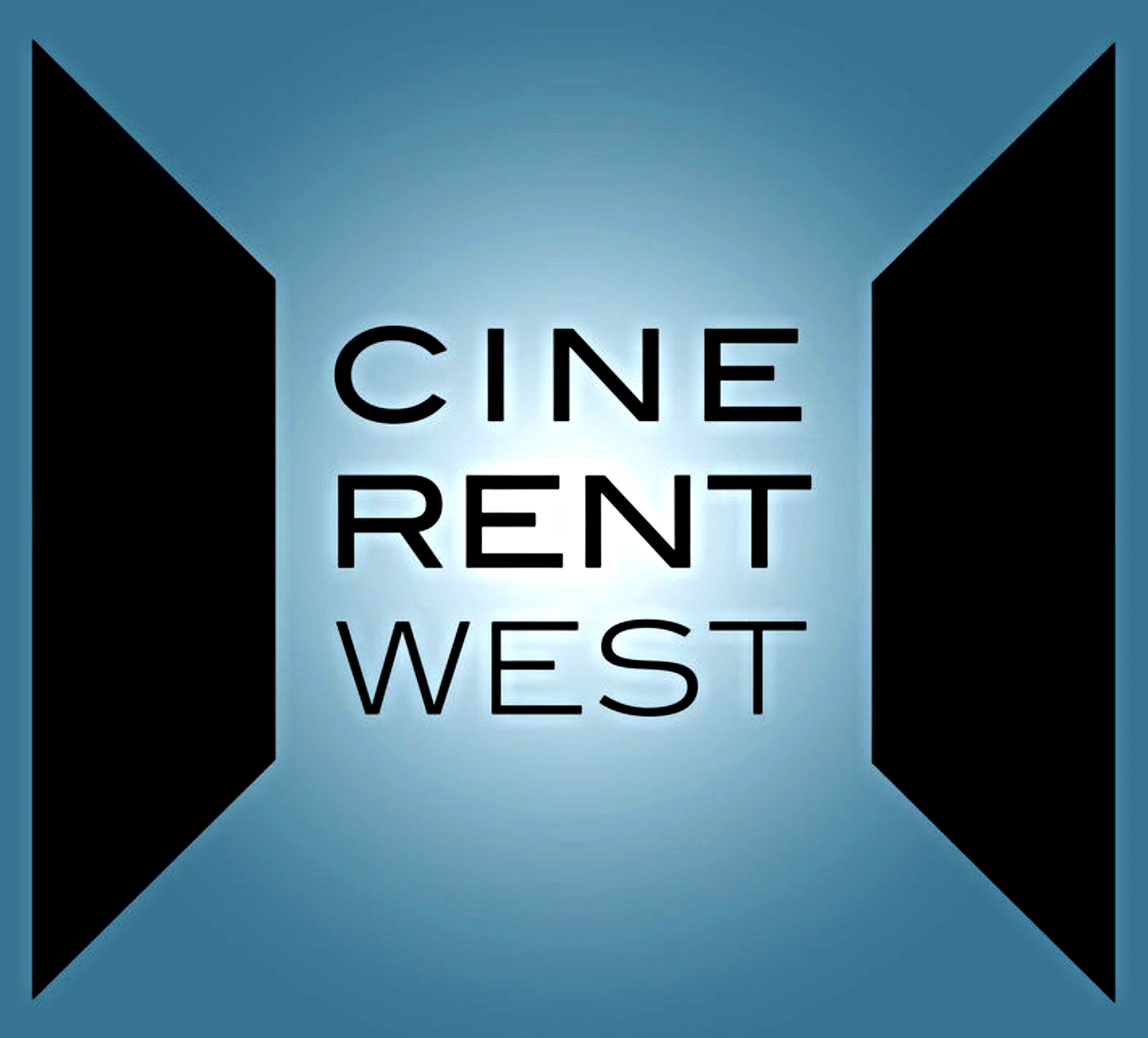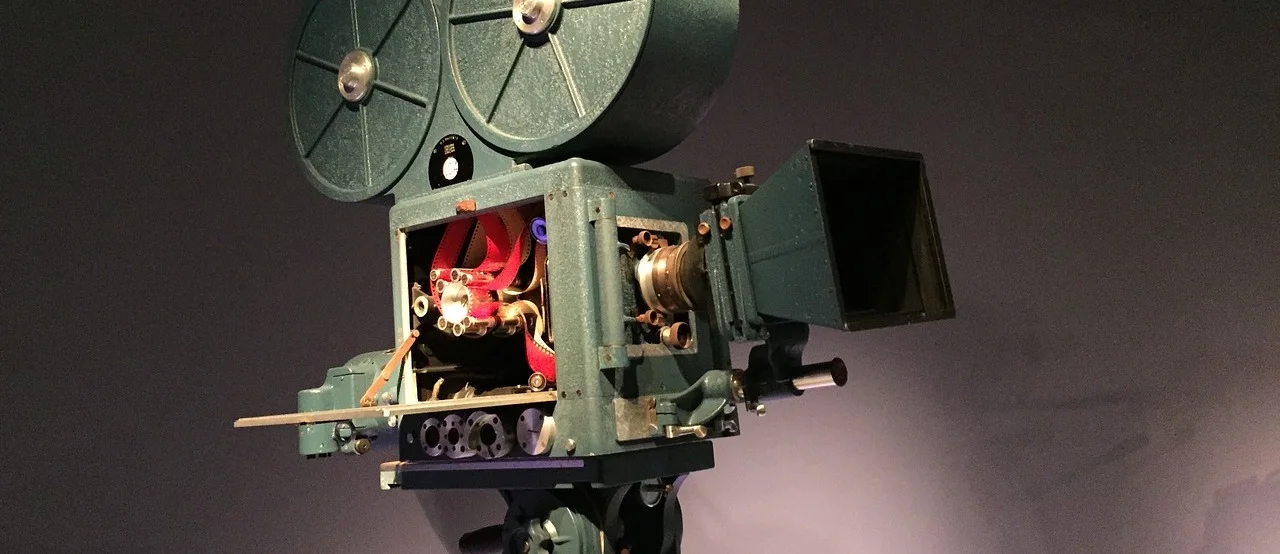Ch-Ch-Changes: Digital Cameras And The Transformation Of Our Industry
/Back in 1923 motion picture film pioneer George Eastman made a famous prediction about movies with sound--then known as "the talkies."
He said, "I wouldn't give a dime for all the possibilities of that invention. The public will never accept it."
We would throw back our heads and laugh at silly old George, except for the fact that of Facebook's 8 billion daily video views, 85% have the sound off.
It's 18 frames per second and title cards all over again.
What's next, a return to bowler hats and bushy moustaches? Oops. Already on your nearest hipster.
Regardless, we still believe that unless they're sneaking onto Facebook at work, people still want to watch content with the sound on.
And the digital camera manufacturers must agree as well, since all the latest models we've seen come with built-in sound, along with a host of other amazing capabilities.
In this post we're going to talk about those cameras--how they finally made good on a major promise, and how their technical breakthroughs have been a significant component in transforming our industry.
So we called up Mr. Camera himself, Michael Koerner of Koerner Camera Systems, now the largest rental house north of Los Angeles.
We think he's remarkable, not just for his knowledge of equipment, but because he has twice made major changes to be successful in our industry.
First, he made the jump for being an assistant cameraman to opening a rental business. He loved the work of being an AC, but saw that if he was going to have a family, he would need a job with a steadier income, less travel, and fewer 5 AM call times.
Second, he successfully changed the focus of his business when digital finally replaced film.
WE HAD TO WALK FIVE MILES THROUGH THE SNOW
Michael got his start in the film and video industry in the late 1980s, when that distinction really meant something. You were either shooting on film or you were shooting on video.
If you were fortunate enough to have a really big budget, you could shoot on 35mm film. But most of the time shooting film for spots or corporate pieces meant using Super 16, which still looked way better than video.
The added expense came with having to rent a film camera and hiring an experienced crew where everybody actually knew what they were doing. Video assist helped you frame your shots but you really didn't know what you'd gotten until the film came back from processing.
Michael, who was working in Portland and Seattle around this time, says that major productions wouldn't trust their exposed film to local labs, instead overnighting them to LA. So even with rush charges, there could be several days before you saw your dailies.
Video, on the other hand, was basically a news/sports format. Supposedly, you were getting 525 lines of resolution. Maybe, if you hooked a studio monitor to a 1" deck. Every generation after that was noticeably degraded.
A pro level BetaSP camcorder would cost about $50,000, and despite having the latest in CCD technology, required a lot of light to get a good image. Even a small production would require 60 amps of power and at least one person who knew where the breaker box was.
Usually, if things went as planned, you could say, "That looks pretty good for video."
PROMISES, PROMISES
Back before Y2K the holy grail of video was the so-called "film look." There was always a rumor going around that so-and-so had been able to make video look just like film. Basically, it was always the same recipe. In post, the footage was given some flicker (to fake 24 fps), some motion blur, and the colors were oversaturated.
However, it never quite delivered on the promise. Sometimes the footage ended up looking kind of cool in an MTV sort of way. But it never really looked like it had been shot on film.
As we would say about your Uncle Murray's toupe, "It wasn't fooling anybody."
After a while, when you heard somebody claim they could make video look just like film, you'd say, "Yeah, sure."
Around 2003 you could rent HD cameras but they weren't a huge part of the business. Koerner Camera had a Sony F900 which was parked at the facility by a rental house in Chicago, and which cost about $100,000.
But HD video still looked like video.
THE BIG RED ONE
Then in 2007, it actually happened. Video figured out a way to look as good as film. Or as Michael, tells us, the guys at Red Digital figured it out. And built it into their revolutionary camera, the Red One. It had the ability to shoot 4K video at 60 fps. Peter Jackson shot a short film with some Red prototypes that convinced Steven Soderbergh to use them on his next feature. And the rest is history.
Suddenly, for less than $20,000 you could buy a digital camera that actually gave you the rich quality of film. No more FedExing your exposed film to the lab and waiting for transfer. Your footage was right there on the hard drive, ready for post.
Those bulky hard drives have since been replaced by easy-to-lose little data cards. But that's a whole different subject.
Michael says that he wasn't a big fan of the Red camera when it came out. At the time, he was successfully renting film equipment and some lower end video. But ten years in the business had taught him to be on the lookout for that next piece of gear that was going to elevate the level of production for his clients, or equipment other rental houses in his network were seeing a demand for.
It wasn't long before he purchased several Reds and made the successful transition from being an expert source for film equipment to being an expert source for digital cinema.
It's a lesson all of us could take to heart: Learn to recognize when change is coming, and then be willing to do whatever it takes to adapt.
WHY NETWORK TV LOOKS LIKE NETWORK TV
Because Michael provides camera packages for NBC's Grimm (you know they shoot in Portland, right?), we wanted to find out how they make the program look like it belongs on network TV.
Even if we rented an Arri Alexa (which is what they use on Grimm), and got the best rubber masks at Walmart, any creepy scene we shoot is going to look like a clip from America's Funniest Home Videos. Yes, that is technically also a network TV show--but you know what we mean.
Michael pointed out that just because today's cameras have a much wider dynamic range (up to 14 stops), have much truer color, and are far more forgiving in mixed light, it doesn't mean that they don't require skill to operate. In fact, it's just the opposite. Because they're powerful tools, their interfaces are more complex than ever.
He says that Grimm looks like Grimm because of the lenses they use, the skill of the DP, the ability of the lighting crew, and then they do quite a bit in post.
There, the secret's out. Just remember you read it here.
WHAT'S NEXT?
Just as movies with recorded dialogue seemed ridiculous to Mr. Eastman, some emerging technology that we have today is getting read to disrupt and transform our business. We need to be ready to change with it.
So if five years from now you still want to have a job in this industry, keep learning all the time, be willing to whole-heartly embrace change. And don't be a hermit.


